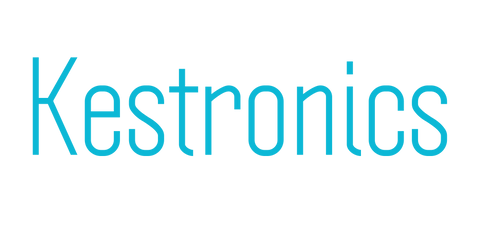In today's complex business landscape, managing facility operations has become increasingly challenging. Organizations are constantly seeking ways to streamline processes, reduce costs, and improve overall efficiency. This is where Integrated Facilities Management (IFM) emerges as a game-changing strategy that revolutionizes how businesses approach their physical infrastructure and operational support.
Understanding Integrated Facilities Management
Integrated Facilities Management is a holistic approach that consolidates all facility-related services and processes into a unified system. Unlike traditional facilities management, which often relies on fragmented approaches, IFM brings every aspect of facility management under a single, comprehensive framework.
Key Components of IFM
IFM encompasses a wide range of critical organizational functions, including:
- Maintenance Management: Proactively tracking and managing all maintenance activities to ensure optimal facility performance.
- Asset Management: Monitoring and maintaining all physical assets, from equipment to infrastructure.
- Space Planning: Optimizing spatial utilization and workplace design.
- Energy and Sustainability: Monitoring and reducing energy consumption while promoting sustainable practices.
- Safety and Compliance: Ensuring adherence to local and industry-specific regulatory standards.
- Security: Managing access control, surveillance, and overall facility security.
- Cleaning and Hygiene: Maintaining cleanliness and sanitary conditions across facilities.
- Technology Integration: Leveraging digital tools and software to streamline management processes.
Why IFM Matters: Key Benefits
1. Cost Reduction
By consolidating multiple processes and identifying inefficiencies, IFM helps organizations significantly reduce operational expenses. The integrated approach minimizes waste, optimizes resource allocation, and reduces vendor management costs.
2. Enhanced Communication
IFM creates a single point of contact for all facility-related needs, eliminating communication silos and ensuring consistent quality across different locations and departments.
3. Data-Driven Decision Making
With comprehensive data collection and analytics, organizations can make more informed decisions about facility management, leveraging insights from artificial intelligence and advanced reporting tools.
4. Scalability
IFM provides a flexible framework that allows businesses to easily scale their facilities management as they grow, without compromising on quality or efficiency.
5. Improved Compliance
By centralizing compliance tracking and documentation, IFM reduces the risk of regulatory violations and simplifies complex compliance requirements.
Essential Technologies in IFM
Several key technologies power effective Integrated Facilities Management:
- Computer-Aided Facility Management (CAFM) Software: Enables advanced space planning and visualization.
- Integrated Workplace Management Systems (IWMS): Provides comprehensive management of physical facilities and assets.
- Computerized Maintenance Management System (CMMS): Tracks and schedules maintenance activities.
- Building Automation Systems (BAS): Automates critical systems like HVAC, lighting, and security.
Key Performance Indicators (KPIs) in IFM
To measure the effectiveness of Integrated Facilities Management, organizations should track critical metrics such as:
- Operational cost per square foot
- Maintenance response time
- Energy consumption
- Planned vs. reactive maintenance ratio
- Space utilization rate
- Facility condition index
- Asset downtime
- Inventory turnover
- Service Level Agreement (SLA) compliance rate
Best Practices for Implementing IFM
1. Choose the Right Software
Invest in robust IFM software that can integrate multiple facility management functions and provide actionable insights.
2. Bridge Physical and Digital Processes
Implement robust labeling systems and ensure seamless data collection through technologies like QR codes and barcodes.
3. Continuous Employee Training
Develop ongoing training programs to keep facilities teams updated on the latest technologies, standards, and legal requirements.
Implementation Strategy
- Conduct a comprehensive needs assessment
- Leverage vendor implementation support
- Create customized, real-time dashboards
- Establish clear communication channels
- Regularly review and optimize processes
Conclusion
Integrated Facilities Management represents a transformative approach to organizational infrastructure management. By adopting a holistic, technology-driven strategy, businesses can create more efficient, sustainable, and adaptable work environments.
The future of facilities management is integrated, intelligent, and incredibly dynamic. Organizations that embrace IFM will be better positioned to navigate complex operational challenges and drive long-term success.

